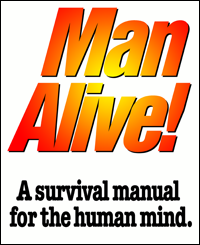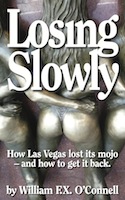 Says The Washington Post:
Says The Washington Post:
Universities are facing tough questions in an age when students anywhere can access an ever-growing catalogue of courses from top-flight professors online at no charge.
Ya think?
The public, Selingo noted, is less sanguine about what it is getting for its tuition and tax dollars than college presidents, who Selingo said are often “tone deaf.”
“We tend to overestimate the speed of change, but underestimate its depth,” said Selingo, who is working on a book called “College (Un)bound.” Tectonic shifts are happening, he said, in ways that will transform the higher ed landscape over 10 to 15 years.
He also offered a frame for thinking about online innovation that caught my eye.
The first phase of online higher ed, he said, was driven by individual institutions and inherently institution-focused. The second, which we’re seeing now in the form of joint ventures such as edX and Coursera, involves federations of institutions. So Coursera has 33 prominent universities offering hundreds of MOOCs. EdX encompasses three elite schools and a major state university system. And there are other emerging groups.
The third phase, which will probably gain prominence, features the free agents. These are professors who are offering up MOOCs on their own, or with only slight ties to universities. Professors, Selingo noted, “who have individual brands are able to leverage those brands.”
The implication: Who needs a school?
In answer to that last question, the author of the article offers up this rationale:
It took a school to organize this very gathering.
Yeah, ’cause nobody ever put on a conference in a hotel meeting room — or by webinar…
The road to disintermediation is always ripe with dinosaur shit, but, even so, it offers up a roadmap for the SplendorQuest: Provide for yourself. Never more easily done — until tomorrow, that is, when it will be still easier.










